The silicic acid molecule, shown below, has always been at the heart of my science.
When I began my PhD in 1985 I had the idea that in order to understand the toxicity of aluminium I also had to understand how to protect against its toxicity. A young man with foresight, what happened!! That idea brought me my first peer reviewed paper in an academic journal. Silicon protected against acute aluminium toxicity in fish.
Silicic acid is the ONLY biologically available form of silicon and I have written about it in a number of previous substacks. In one of those previous posts, Horsetail, I introduced the subject of biological silicification.
Biological silicification is a process whereby an undersaturated solution of silicic acid is deposited in an organism as biogenic silica. I have always argued that this is an entirely passive process. By which I mean that it has not been selected for in biochemical evolution. There is neither biochemistry nor biochemical machinery that exists specifically to support biological silicification. Mine is an ‘Occam’s Razor’ approach and is wholly based upon a thorough understanding of the true chemistry of silicic acid. It is not difficult to find those who disagree with me though I would argue that the so-called ‘great and good’ of biological silicification have yet to offer a sound scientific alternative. Indeed preferring to stick with dogma than embracing that which is clear and obvious to anyone with an understanding of the chemistry of silicic acid.
Our research on horsetail opened our eyes to a possible mechanism of biological silicification. After all, something is catalysing the conversion of soluble silicic acid to insoluble silica. The magic was identified as a sugar-like molecule called callose. The coincidence of callose and silica in horsetail was intriguing to say the least. A ‘coincidence’ best exemplified in the role played by callose in the development of stomata. Please read about this in the paper if you are interested. Was callose the missing link, was this molecule the catalyst for biological silicification. How might we test this experimentally?
In plant science, thale cress (Arabidopsis) is the universal guinea pig. It has been used in myriad studies and is available as numerous mutants. I asked the question if a mutant of Arabidopsis had been engineered to over produce callose in its tissues. Similarly I wondered if there was a mutant where the production of callose was supressed. Both mutants were available and the very helpful Dr Christian Voigt at the University of Hamburg sent me seeds of the wildtype (normal Arabidopsis) and both mutants. So, we were in position to compare the deposition of biogenic silica in a mutant in which callose production was inhibited and a mutant in which callose was over produced.
At the time I was hosting an excellent engineering student from France and I gave Thibault the task of growing Arabidopsis in the lab hydroponically. It was a great success as evidenced in the image shown below.
We were now in position to grow wildtype and both mutants of Arabidopsis in hydroponic culture containing silicic acid and investigate their tissues for both callose and silica.
We used aniline blue fluorescence microscopy to show extensive presence of callose in leaves of the mutant engineered to over express callose. Callose could not be identified in the leaves of the mutant engineered to inhibit the expression of callose.
When we digested leaves from both mutants of Arabidopsis to look for the presence of biogenic silica using PDMPO fluorescence microscopy (see paper on Horsetail for detailed method) we found extensive evidence of silica deposition only in the mutant engineered to over express callose.
A beautiful result! We published this in the Journal for Trace Elements in Medicine and Biology. Do email me should you wish a pdf of this paper.
I am proud of this research. We used established methods to provide the best available data that callose is a catalyst of biological silicification. The research also helped to answer questions raised in previous research as to how silicic acid protects plants from fungal infections such as powdery mildew. Silicic acid, the simplest of molecules that never fails to fascinate my science.




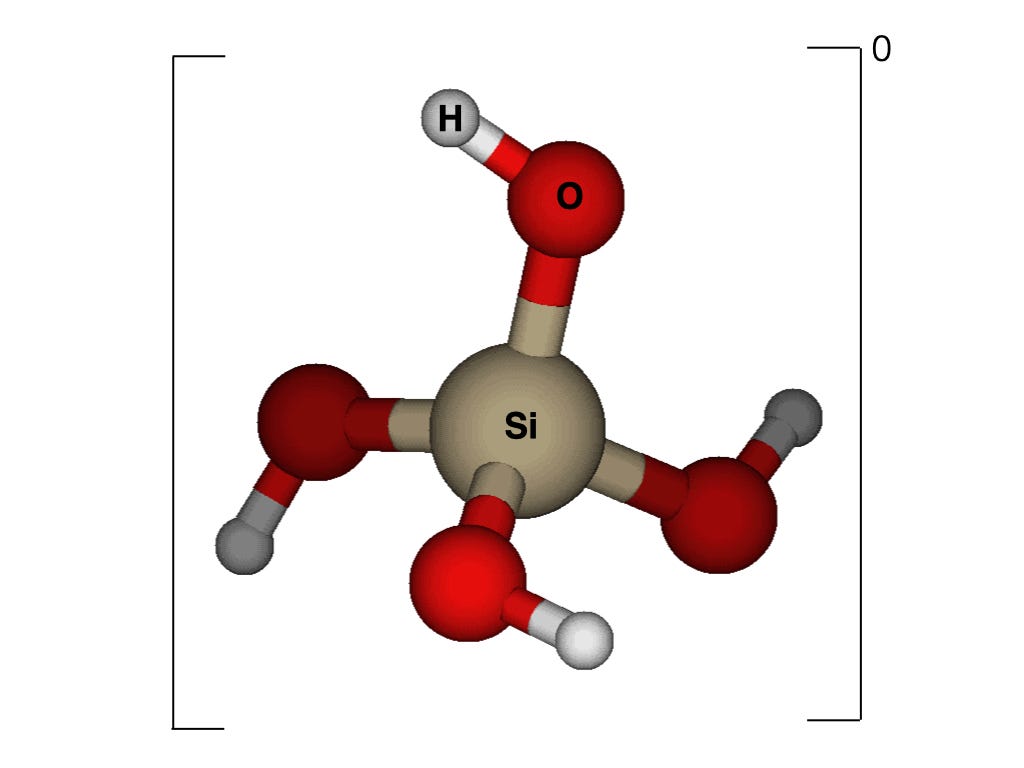
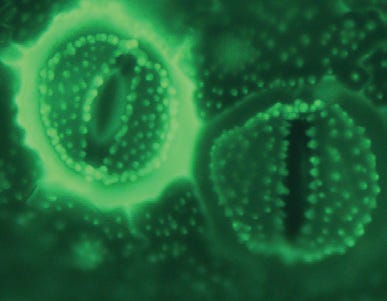
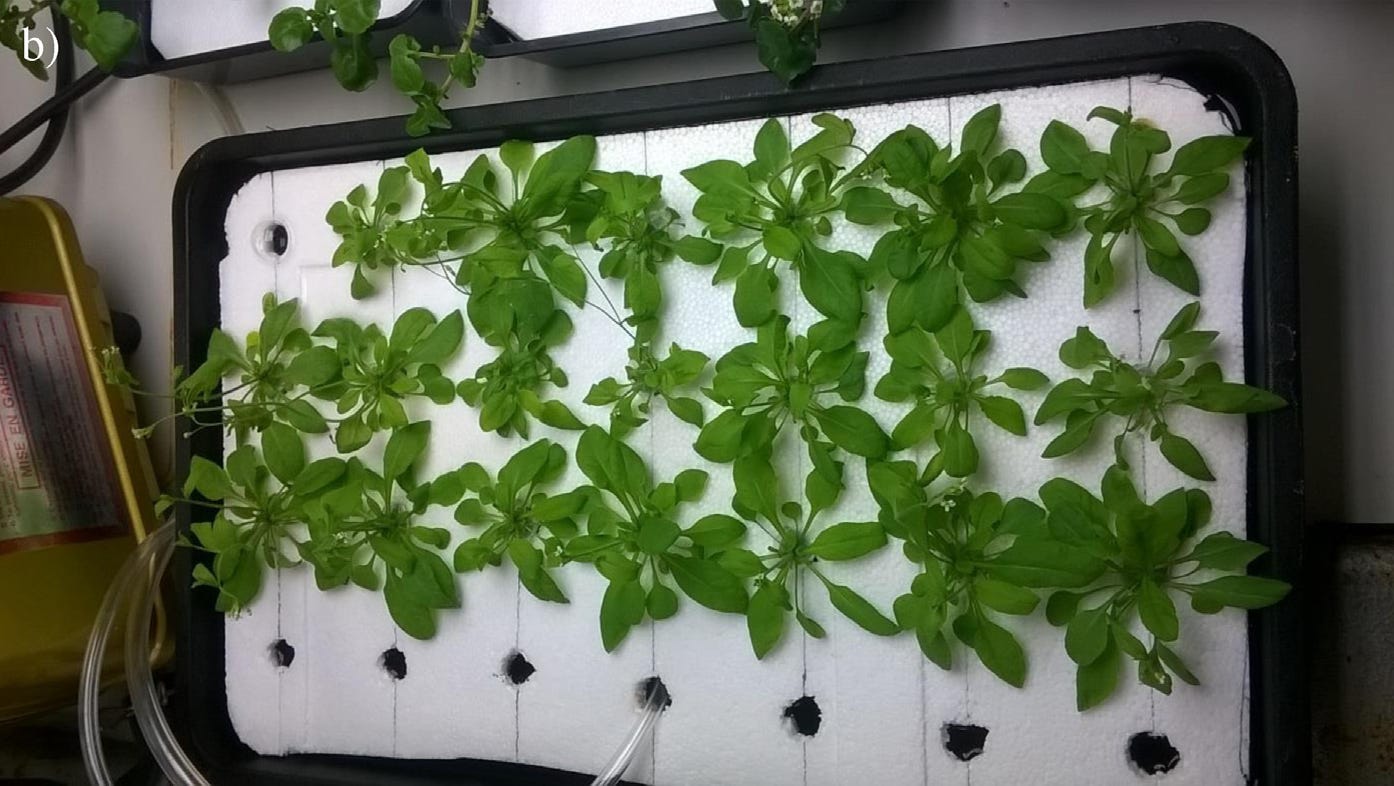
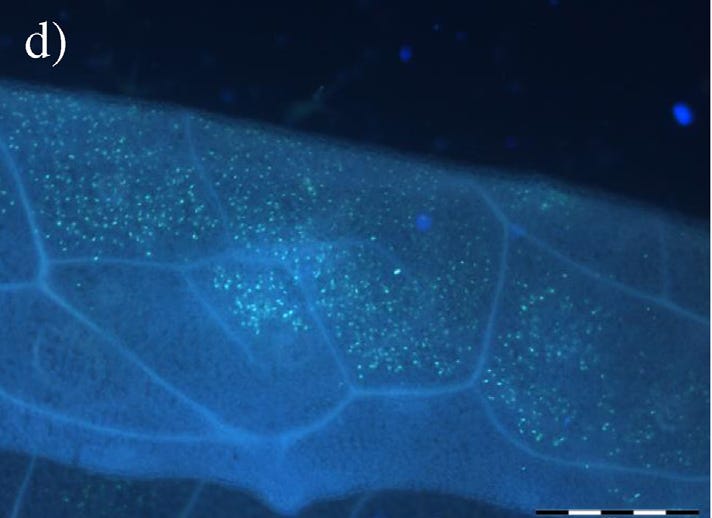
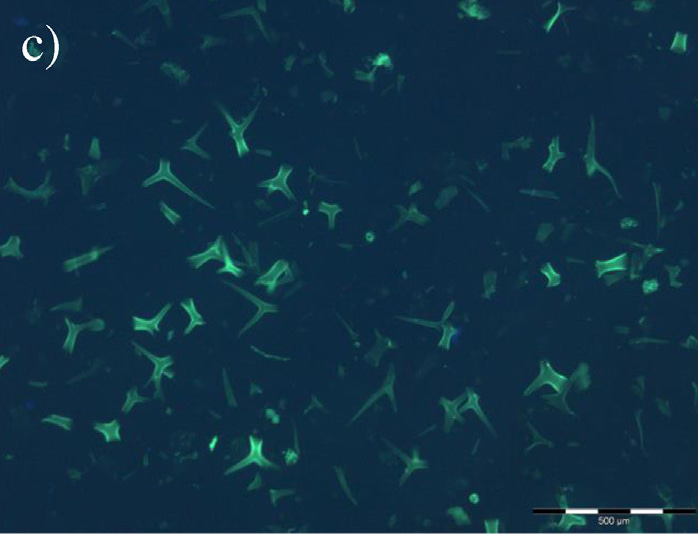
Wow! This is great information! Thanks for including the links to the papers.
Question for you: Is it possible for diatomaceous earth to be converted to silicic acid in the human digestive tract? Some people drink DE in water daily as a "health supplement".
THANK YOU Chris!